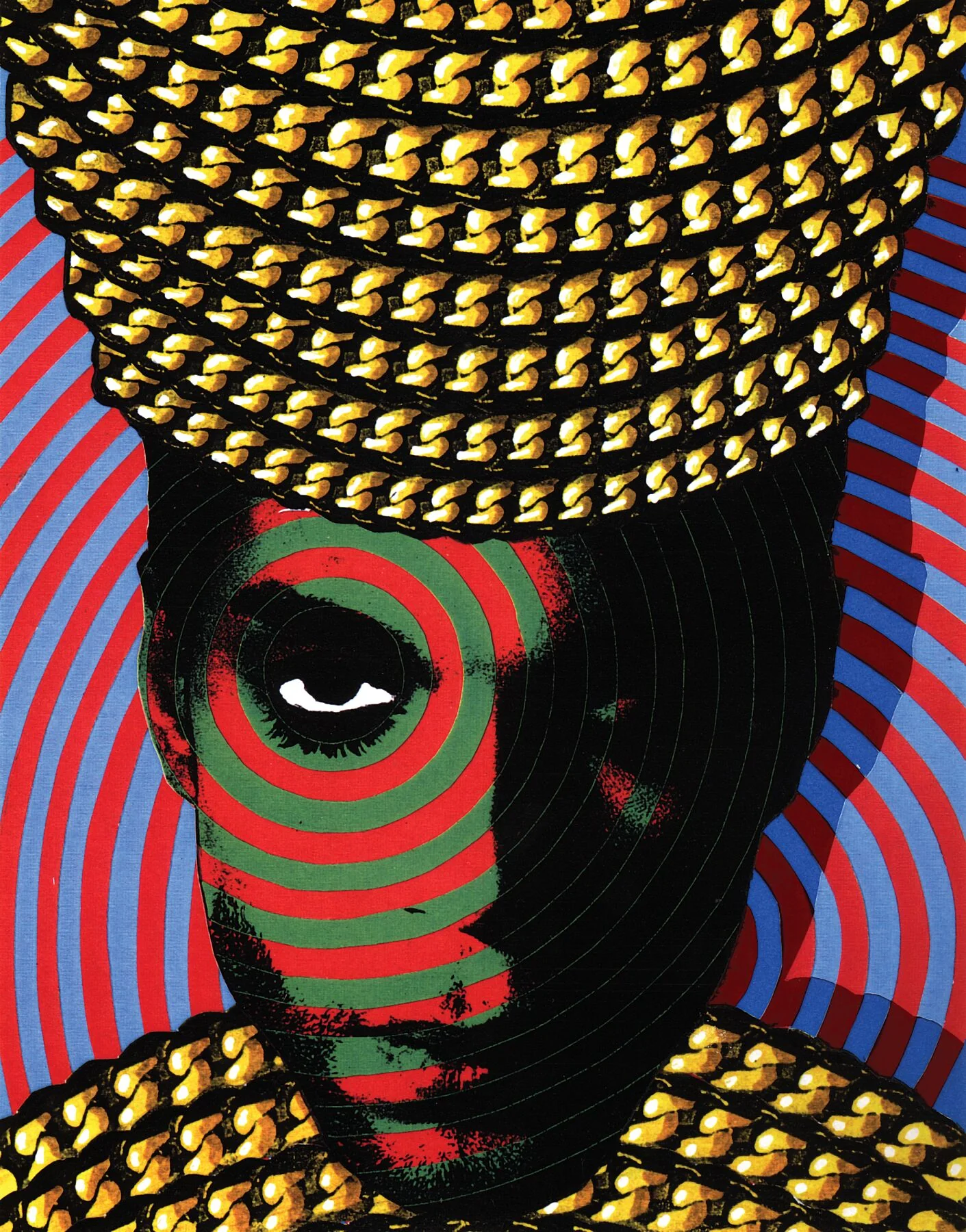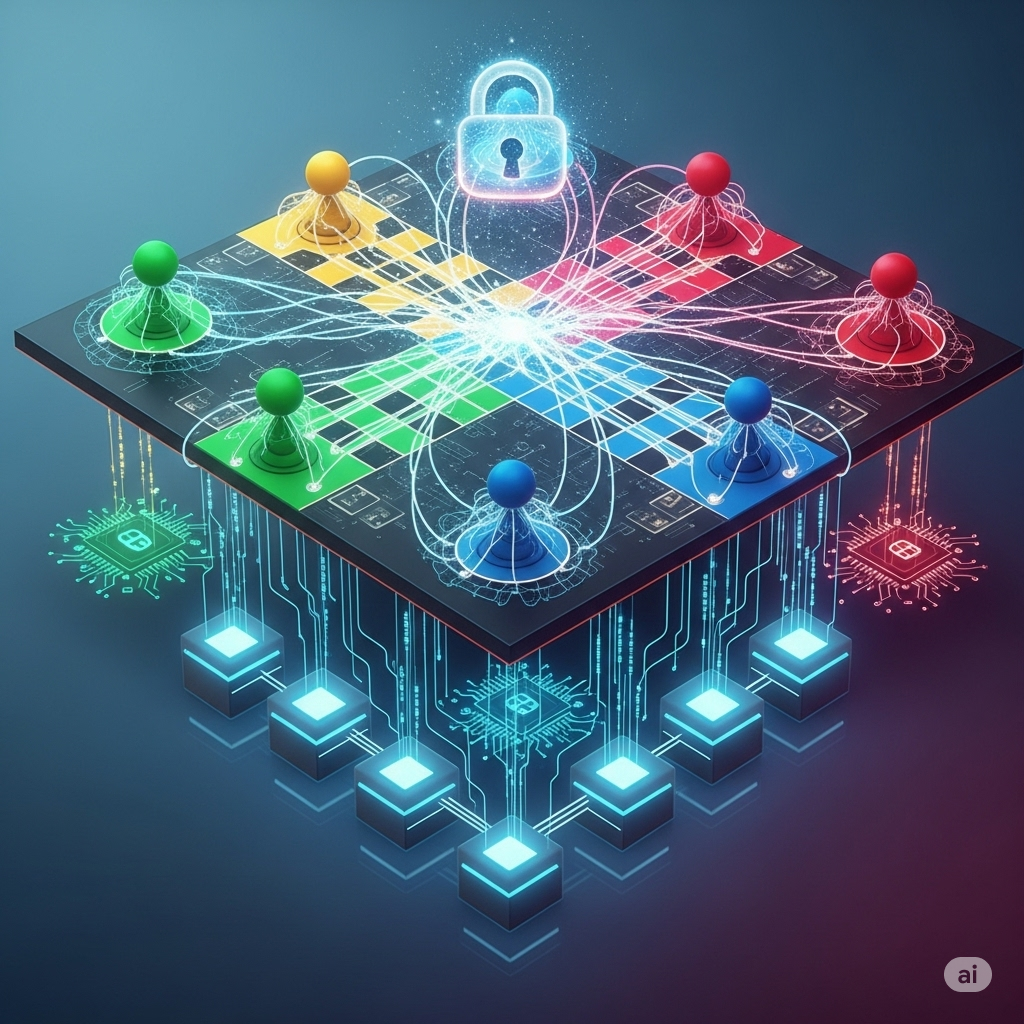Graphic Illustrations: Where Creativity Meets Visual Storytelling

Graphic illustrations are one of the most powerful ways to communicate ideas, emotions, and stories. They combine artistic vision with modern techniques to create visuals that not only look beautiful but also deliver meaning. From magazines and advertising to digital platforms and collectibles, graphic illustrations play a vital role in shaping how we see and experience design in everyday life.
What Are Graphic Illustrations?
At their core, graphic illustrations are images created to communicate. Unlike fine art that focuses solely on expression, graphic illustrations serve a purpose, whether it is telling a story, explaining a concept, or enhancing a product. They bring together elements of drawing, design, and technology, blending creativity with practicality.
A Journey Through History
Graphic illustrations are not new. From ancient cave paintings and medieval manuscripts to woodblock prints and posters, humans have always used visual storytelling. The modern era, however, gave rise to graphic illustration as a professional discipline. With the invention of printing, illustrations reached wider audiences. Later, the rise of magazines, comics, and advertisements gave artists new opportunities to showcase their work. Today, digital tools have taken the field further, allowing artists to create bold and complex designs faster than ever before.
The Role of Graphic Illustrations in Modern Culture
Graphic illustrations are everywhere. We see them on book covers, album artwork, movie posters, websites, and even clothing. They help businesses stand out, convey emotions in campaigns, and bring characters to life in entertainment. For collectors, graphic illustrations are also treasured items, capturing cultural moments and artistic trends. Whether displayed on a wall or printed on a t-shirt, they carry both artistic and cultural value.
Styles and Techniques
Graphic illustration is a broad field with countless styles. Some artists favor clean, minimalist lines, while others create vibrant, detailed compositions filled with energy. Techniques vary as well, from traditional pen-and-ink drawings to fully digital works created using tablets and design software. Popular approaches include:
-
Minimalist Illustrations: Simple lines and colors to convey clarity and elegance.
-
Realistic Illustrations: Detailed depictions resembling photographs, often used in advertising.
-
Cartoon and Comic Styles: Expressive and fun, often telling stories or adding humor.
-
Abstract Illustrations: Bold shapes and patterns are used to evoke emotions rather than depict reality.
The variety ensures there is a style suited for every context, whether professional, cultural, or personal.
Why Graphic Illustrations Matter
Graphic illustrations go beyond decoration. They make information easier to understand, grab attention quickly, and leave lasting impressions. A powerful illustration can turn a simple message into a memorable experience. In education, they help simplify complex topics. In branding, they establish identity. In entertainment, they shape the way we imagine characters and stories. Their ability to connect visually makes them one of the most effective tools of communication.
Collecting Graphic Illustrations
For many people, graphic illustrations are not only tools of communication but also objects of passion. Collectors often seek limited edition prints, posters, or works by renowned illustrators. These pieces can transform living or work spaces, serving as both inspiration and decoration. With the growth of online marketplaces, collecting graphic illustrations has become more accessible, allowing fans and enthusiasts to support artists directly.
The Future of Graphic Illustrations
As technology evolves, so too will the world of graphic illustrations. Digital art, augmented reality, and interactive designs are already shaping new experiences. Yet traditional methods remain highly valued, as they bring authenticity and a personal touch. The future will likely be a blend of both worlds, where handmade and digital coexist, offering endless creative possibilities.
Conclusion
Graphic illustrations are an essential part of how we communicate, design, and experience culture. They reflect creativity, carry stories, and connect people through visual language. Whether used in media, fashion, or as collectible art, graphic illustrations continue to inspire and evolve, proving that visual storytelling will always have a place in human expression.







